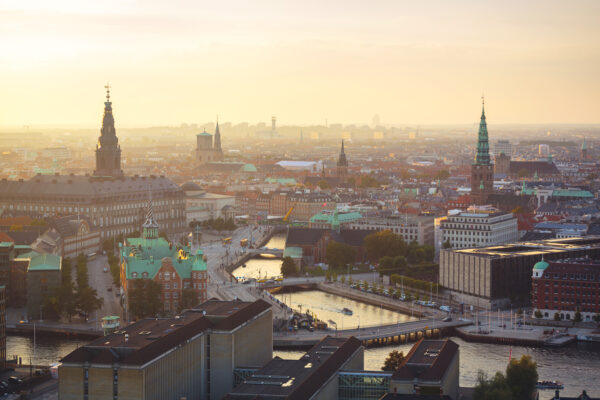
The results from last week’s Danish elections were in some ways emblematic of a European trend: parties that clearly appealed to the “winners” and “losers” of globalization won while almost all the others lost.
Denmark bucked the trend in one way: the ruling Social Democrats did not lose seats. They gained two. But it was not enough to keep Prime Minister Helle Thorning-Schmidt and her left-wing coalition in power.
For months, polls had shown the Social Democrats bleeding support to the far left as well as the nationalist Danish People’s Party. A well-run campaign staved off defeat, but only because Thorning-Schmidt effectively cannibalized her coalition partners. Both the Radikale Venstre and the far-left Socialists — who left the government a year early — lost more than half their seats each.
Cosmopolitan winners
Among the winners were the Alternativet, a new green and social-liberal party, as well as the centrist Liberal Alliance.
The first would have likely backed another Thorning-Schmidt government. The latter caucuses with the right.
Together with the Radikale, these cosmopolitan parties now have 25 out of 179 seats in parliament. They appeal to young and urban voters for whom social issues, like gay marriage and multiculturalism, are less of an issue, and who support some state intervention in the economy without embracing big government.
Victory for the losers
If supporters of the cosmopolitan three live and breathe globalization, voters for the Danish People’s Party are the ones who feel they are losing out as a result of it.
Their party gained too. It went up from 22 to 37 seats, beating the liberals — the leaders of the right-wing bloc — into third place.
The People’s Party, seen in the past as “far right” and xenophobic, has both become more moderate and managed to shift the center ground in Danish politics to the right, making itself more electable in the process.
Its positions defy ideological consistency. The nationalists advocate a restrictive immigration regime and strong law-and-order policies traditionally associated with the right, but also an expansive welfare state traditionally supported by the left. It is this combination that appeals to many blue-collar voters.
The Financial Times argues that, at its core, “the party promises to protect the generous Danish welfare state by restricting access to it.”
In essence, the party has captured Social Democrat voters by casting itself as the best defender of the system the Social Democrats built over decades.
Blue-red culture war
This shift can be seen in other Western European democracies as well. The United Kingdom Independence Party draws support from both the right-wing Conservatives and the left-wing Labour Party. The Dutch Freedom Party mimics its Danish counterpart’s combination of anti-immigration and pro-welfare policies. So does the Finns Party, which is now in government.
Andrew Sullivan, a British blogger, has called this rift between cosmopolitan and nationalist parties a “blue-red culture war over modernity.”
“Blue Europe,” according to Sullivan, is “internationalist, globalized, metrosexual, secular, modern, multicultural. Red Europe,” by contrast, “is noninterventionist, patriotic, more traditional, more sympathetic to faith, more comfortable in a homogeneous society.”
There are differences between countries. The Dutch Freedom Party, for example, supports gay marriage; the French Front national — with which it groups in the European Parliament — opposes it. Religion doesn’t play a big role for nationalists in secularized Britain and Denmark, but it does in Poland. Still, Sullivan’s characterization broadly rings true.
He argues that it are mostly the “blues” who prosper in the globalized economy. They tend to be higher educated, so they can compete globally. They are also comfortable traveling or moving for a job whereas the “reds” are less mobile and struggle to find work that matches their skills.
“Mass immigration or migration across Europe,” writes Sullivan, has “only made things worse, leading to resentment and racism when it has occurred in already beleaguered working-class Europe. The emergence of an unassimilated Muslim population didn’t help things either.”
Right balance
Traditional social democratic parties have struggled in the last fifteen years to speak to both constituencies. Most politicians are “blue” and seen by their “red” voters as out of touch. But when they move their parties to the right on social issues, they risk losing their “blue” voters to smaller, social-liberal competitors.
Denmark’s Social Democrats may have found the right balance, but that probably owes much to the fact that fifteen years of People’s Party politics has made the country altogether more skeptical of mass immigration and multiculturalism.
If there is a lesson for social democrats elsewhere, it is one few of them will like: It may turn out that what they need to survive are the nationalists they so often revile.
